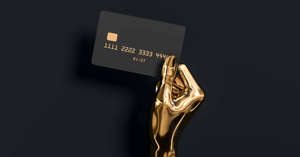Well this blog is out of my league......i love pussy ....it's the best .....however ....... if you like throwing your wang into the sewer pipe ......your bag holmes .........i simply do not know how someone gets turned on by a dirty/ filthy/ stinking /sweating .unbathed / man on man .........i am completely lost .......what makes a gay guy wanna bang a dirty dude ....however you had broke back mountain ....... apparently that was about cowboy shit .......excuse the pun .......i am sure cowboys out ranching and roping all day......... cannot be too hygenic ....you know ......... how those chaps get sweaty ......both person ........and leather ,........i am not sure how people feel on hygiene......... i am a germophobe .......... so i have to have a knuckle test on a girl ........cardi b .....sanctions that one ........ see it on her vids ......the knuckle check is ........ you put your middle finger in the birth canal ....... up until the first knuckle ........it it smells ........ like pressed lilacs ......... then it's all good .........if it smells like captain birds eye/red lobster/fishermans hat/lobster trap/clam shells /fulham fish market .....then you go to go .....it's a PH balance thing ..........something is out of wack .........i hate the smell of seafood ....so bad booyah/clit/vag/trench/.........i am leaving........... .......you cannot get that taste out of your mouth.... .......takes days ..........and lots of mints .........however off the tracks again .....world war 2 gay sex .....i am not sure how they got by with bullets /bombs/ditches/mud/sweat/dirty uniforms ......etc etc ......i guess if you are a fucking degenerate who will fuck anything ......then it is what it is .......i have heard similar horror stories about the submariner too ......as long as you are happy then its all good ........


